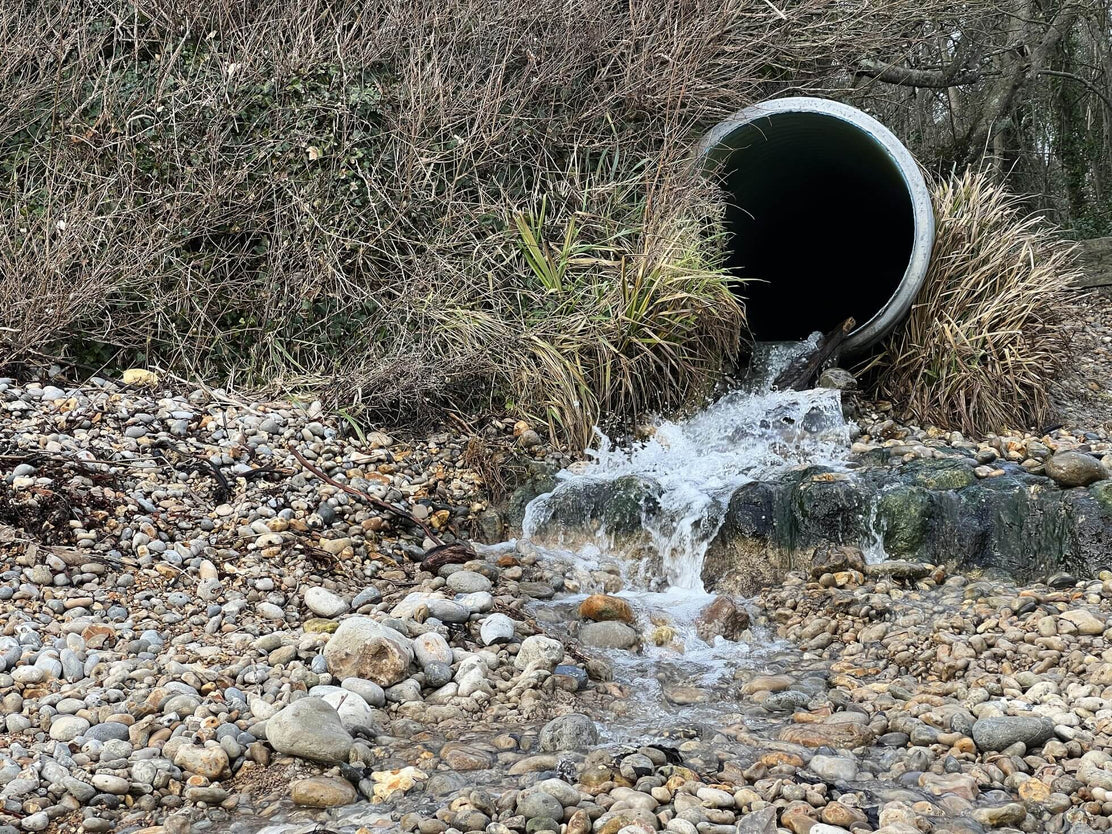Professional Liquid Waste Removal Melbourne: Rapid and Affordable Providers
Exactly How Fluid Waste Disposal Works: A Detailed Summary of Methods and Technologies Utilized

Overview of Fluid Waste Kind
The intricacy of liquid waste kinds demands a comprehensive understanding of their qualities and implications for disposal. Fluid waste can generally be categorized into numerous kinds, consisting of commercial, local, farming, and hazardous waste. Each category shows distinct buildings, requiring certain administration techniques to reduce ecological and health dangers.
Industrial liquid waste stems from making procedures and frequently includes a variety of pollutants, such as heavy steels, solvents, and organic substances. Metropolitan liquid waste, mostly comprising wastewater from families and industrial establishments, has organic matter, nutrients, and virus (industrial wastewater treatment). Agricultural liquid waste, consisting of overflow from ranches, may have plant foods, chemicals, and animal waste, posturing risks to water top quality and communities
Hazardous fluid waste is defined by its poisoning, sensitivity, or possible to cause harm. Understanding these varied fluid waste kinds is critical for establishing reliable disposal methods and ensuring conformity with ecological regulations.
Physical Treatment Approaches
Screening is the first action, where bigger particles and particles are eliminated from the liquid waste using screens or grates. This process safeguards downstream equipment from damages and makes sure smoother operation. Following screening, sedimentation makes use of gravitational force to separate solids from fluids. In sedimentation containers, heavier particles work out near the bottom, forming a sludge layer, while the cleared up liquid can be more treated.
Filtering is another important approach that includes passing the liquid through permeable materials, such as sand or membrane layers, to record smaller fragments. This action improves the high quality of the fluid, making it appropriate for succeeding therapy processes.

Chemical Treatment Strategies
Chemical therapy strategies are vital for effectively taking care of fluid waste, particularly in dealing with dissolved and colloidal contaminants that physical approaches may not effectively remove. These strategies utilize numerous chemical agents to reduce the effects of, speed up, or transform hazardous compounds into less damaging the original source types.
One typical technique is coagulation and flocculation, where chemicals such as alum or ferric chloride are included in promote the aggregation of put on hold bits. This process improves sedimentation, enabling for simpler elimination of the resulting sludge. Additionally, oxidation procedures, utilizing representatives like chlorine or ozone, are used to break down complex organic compounds and pathogens, providing the waste safer for discharge or additional therapy.
Neutralization is another essential strategy, which adjusts the pH of acidic or alkaline waste streams to neutral degrees, preventing potential damage to downstream systems and the atmosphere. In addition, advanced oxidation procedures (AOPs) use mixes of oxidants and ultraviolet light to degrade relentless toxins, attaining a greater level of treatment performance.
Organic Therapy Procedures
Organic treatment procedures play a crucial function in the administration of liquid waste by using bacteria to decompose raw material and minimize impurity levels. These procedures can be generally classified into anaerobic and cardiovascular treatments, each utilizing particular microbial areas to accomplish reliable waste destruction.
Aerobic treatment involves making use of oxygen to assist in the breakdown of organic products by bacteria. This process is commonly implemented in turned on sludge systems, where oygenation storage tanks provide a favorable environment for microbial development, causing the oxidation of organic contaminants. home The resultant biomass can be divided from treated effluent with sedimentation.
In contrast, anaerobic therapy takes place in the absence of oxygen, depending on different bacteria to damage down raw material. This method is particularly useful for high-strength waste, as it produces biogas, a renewable resource source, while reducing sludge production. Technologies such as anaerobic digesters are regularly utilized in industrial and community applications.
Both anaerobic and cardiovascular biological treatments not only reduce the ecological influence of fluid waste however additionally facilitate resource recovery, making them necessary elements of sustainable waste monitoring strategies. Their flexibility, effectiveness, and effectiveness support their widespread execution throughout various markets.
Emerging Technologies in Disposal
Innovative strategies to liquid garbage disposal are quickly developing, driven by developments in technology and a boosting focus on sustainability. Amongst these emerging technologies, membrane bioreactors (MBRs) have gotten grip for their capability to incorporate organic therapy with membrane purification, resulting in top notch effluent that can be reused in different applications. MBRs enable smaller impacts and more effective operations compared to traditional systems.
An additional encouraging development is making use of anaerobic digestion combined with nutrient recuperation innovations, which not just treats fluid waste but additionally generates biogas and recuperates important nutrients like nitrogen and phosphorus. This dual benefit improves source effectiveness and decreases environmental influence.
Additionally, progressed oxidation procedures (AOPs) are being embraced for the degradation of intricate natural contaminants. These methods make use of powerful oxidants and stimulants to damage down contaminants at the molecular level, providing a highly efficient solution for difficult waste streams.
Additionally, the combination of man-made intelligence and artificial intelligence in waste monitoring systems is optimizing functional efficiency and anticipating upkeep, resulting in minimized prices and enhanced ecological conformity. These modern technologies reflect a substantial shift towards more effective and sustainable liquid waste disposal techniques.
Verdict
In final thought, reliable fluid waste disposal necessitates an extensive understanding of different methods and technologies. By constantly advancing these techniques, it becomes feasible to deal with the growing obstacles associated with fluid waste, ultimately adding to ecological protection and resource healing.
Fluid waste disposal is an essential aspect of environmental monitoring, needing go to my blog a thorough understanding of different methods and technologies customized to different waste kinds. Liquid waste can generally be categorized into numerous types, including industrial, metropolitan, agricultural, and unsafe waste. Agricultural liquid waste, including overflow from ranches, might consist of plant foods, pesticides, and pet waste, positioning threats to water top quality and environments.
Numerous physical treatment techniques play a vital duty in taking care of liquid waste properly - industrial wastewater treatment.In conclusion, effective fluid waste disposal demands an extensive understanding of various techniques and innovations